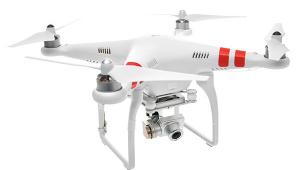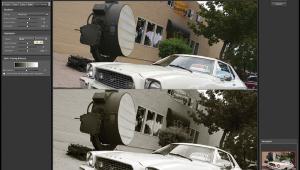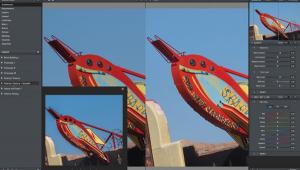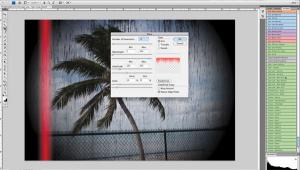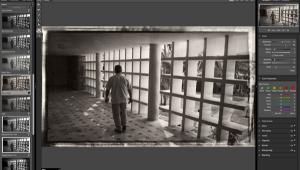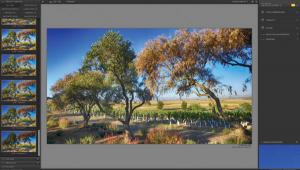Stocking Stuffers
Presents For Photographers
| When the temperature outside hit 100Þ on Sunday, I knew it must be time to write my annual "stocking stuffer" column, in which I collect lots of goodies you can give to your favorite digital photographer as holiday presents. The best stocking stuffers are inexpensive, useful, and small enough to fit in a stocking, but a few of this month's suggestions may be a little bit bigger and cost a bit more than a New Beetle "Drivers Wanted" mouse pad (www.vw.com). Digicam Software How Big Is Your Monitor?
New Year; New Memory Card
Format Epson Ink Jet Printer A Stylus In Your Stocking
|
